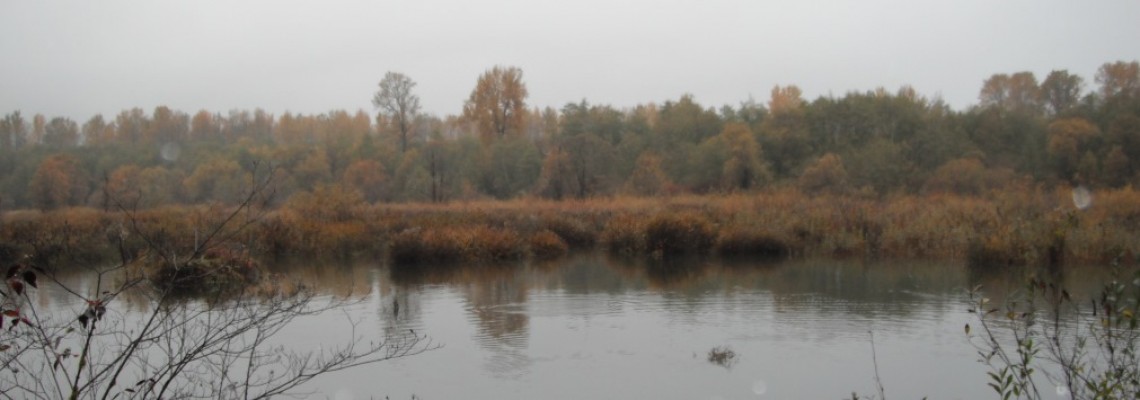Why have a Rain Garden?
The Puget Sound was one of the featured waterways recently covered in the PBS Frontline special “Poisoned Waters.” Unfortunately, I missed the program, which aired the evening before “Earth Day.” The Frontline website emphasized that although Puget Sound may look pristine and beautiful on the surface, underneath many chemicals are severely impacting marine wildlife and the food web. In the past, the biggest polluters were big industrial companies. Today, most of the pollution comes from small commercial and residential developments; much of it from seemingly innocuous sources such as beauty products, medicines, and household cleaning products that are flushed into our sewers and storm drains.
A Rain Garden is one of the strategies now being used in the field of “low-impact development” (LID), along with permeable paving, rainwater collection systems and Living Roofs. Rain Gardens are specially designed to filter pollutants and reduce the amount of water that runs off into storm drains and roadside ditches. Having a place for rainwater to go may also reduce damage caused by flooding after severe storms.
The first step to building a Rain Garden is to determine the best locations in your yard by observing where water naturally flows and testing the soil to find out how well it drains. Check out any county or city requirements before you begin–especially for new construction. Many local governments are starting to require the installation of Rain Gardens for new construction projects. Also “Call before you dig” to make sure there are no underground utilities at the site.
The second step is to plan the size and shape of your Rain Garden. By calculating the square footage of impermeable surfaces such as driveways and roofs, you can determine the percentage of rainwater that will be held or absorbed, depending on the size of your Rain Garden and how well your soil drains.
To build your Rain Garden, you will need to excavate between 18-30 inches of soil. If existing soil does not have too much clay, you may incorporate compost and reuse it; otherwise you may need to purchase an appropriate soil mix. Replace enough soil so you leave about 6 inches of depth for ponding. Create an entry for the water, making sure that any pipes are appropriately sloped. Provide a rock-lined overflow.
Although fall and winter are generally considered to be our best planting seasons, it is recommended to plant a Rain Garden in the summer so that rainwater does not turn your project into a mucky mess. Select plants for 3 wetness zones. Native plants are a good choice and are likely to be drought tolerant in the summer. After planting, mulching helps keep the soil moist, adds organic matter, discourages weeds, and prevents erosion.
Your Rain Garden should be irrigated the first 2-3 summers to encourage healthy root systems. Reapply mulch to any bare areas. Make sure the inlet and outlet remain clear of debris. Do not apply fertilizers or pesticides; the soil mix should provide adequate nutrients.
For more information on Rain Gardens, tours & workshops check out 12,000 Rain Gardens. A good guidebook is the Washington State University’s Rain Garden Handbook for Western Washington Homeowners. It is downloadable as a PDF.
By building a Rain Garden, you will create a beautiful garden that not only reduces the amount of pollutants in our watersheds but also helps restore habitat and attract wildlife, such as frogs and birds, to your yard!
(This article was first published in the Peninsula Gateway on May 13, 2009 as Why have a Rain Garden in Washington?)

